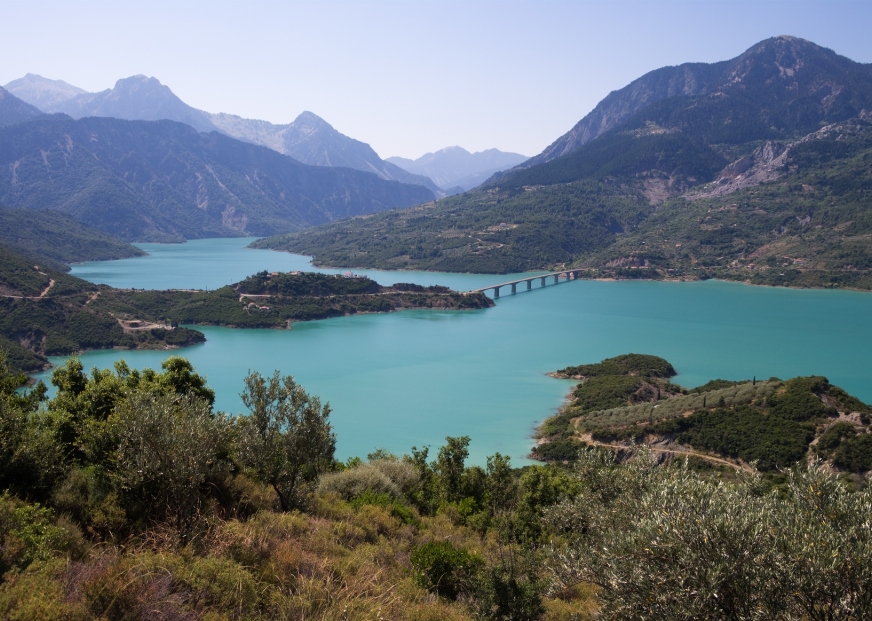TRAVEL TIPS
Traveler’s Guide: In the Mountains of Karpenisi
Towering plane trees, dense fir forests, rivers, gorges, mountain trails and stone-built villages create an ideal destination for autumn / winter getaways.
Valleys, gorges and imposing rock faces, rivers that merge, and endless forests of firs, chestnuts and towering plane trees. Small, primarily stone-built villages nestled on the slopes and in the foothills of Mount Kaliakouda and Mount Helidona complete the stunning and diverse landscapes of Karpenisi.
Approximately 2,500 people live year round in the villages, while another 8,500 live in the mountain town of Karpenisi itself located in the heart of mainland Greece.
To get to the gorges and the villages one passes through the town which, while not spared the anarchic building one often finds in the Greek countryside, has open and friendly people who, when speaking quickly, have a way of dropping syllables almost poetically. The town also has a well maintained square, roads with subterranean heating to keep them from icing over in the winter, a new skate-park, genteel nightlife and good tavernas.
“Karpenisi first became known for [the monastery] Panaghia Prousiotissa and later for the ski resort,” says Vasso Skarmoutsou one Sunday morning in the café-bar Skala. As she says this, outside the hotel Helvetia directly opposite, a coach disgorges its passengers who are heading to the monastery. The ski resort has not opened yet, so there are no ski poles and colorful ski suits in sight. Only well-dressed, and well-coiffed, men and women.
AUTUMN SCENES
Taking the road for Potamia, the first kilometers feature a number of stops ideal for families with children, such as Saloon – an adventure park and recreational horse-riding center – as well as guesthouses with well-put-together playgrounds.
Side roads lead to the villages of Potamia – the narrow valley that separates the mountains of Helidona and Kaliakouda. The river Karpenisiotis flows through it, with tall plane trees on its banks as well as fallen red, yellow and brown leaves strewn about in the autumn months. On the slopes of the mountains, walnut, chestnut and other deciduous trees add to the area’s autumnal palette which reaches its peak towards the end of November.
In Koryschades, the traditional architecture has been preserved thanks to a program run in the 1980s by the National Tourism Organization (EOT). Today 5 small guesthouses operate in the village, while the old elementary school next to the square with its stone fountain now houses the National Resistance Museum.
The location is fitting given that in May of 1944 the school’s classrooms were used for sessions of the National Council (the legislative assembly convened following secret elections held during the Axis occupation).
for full article see
here
